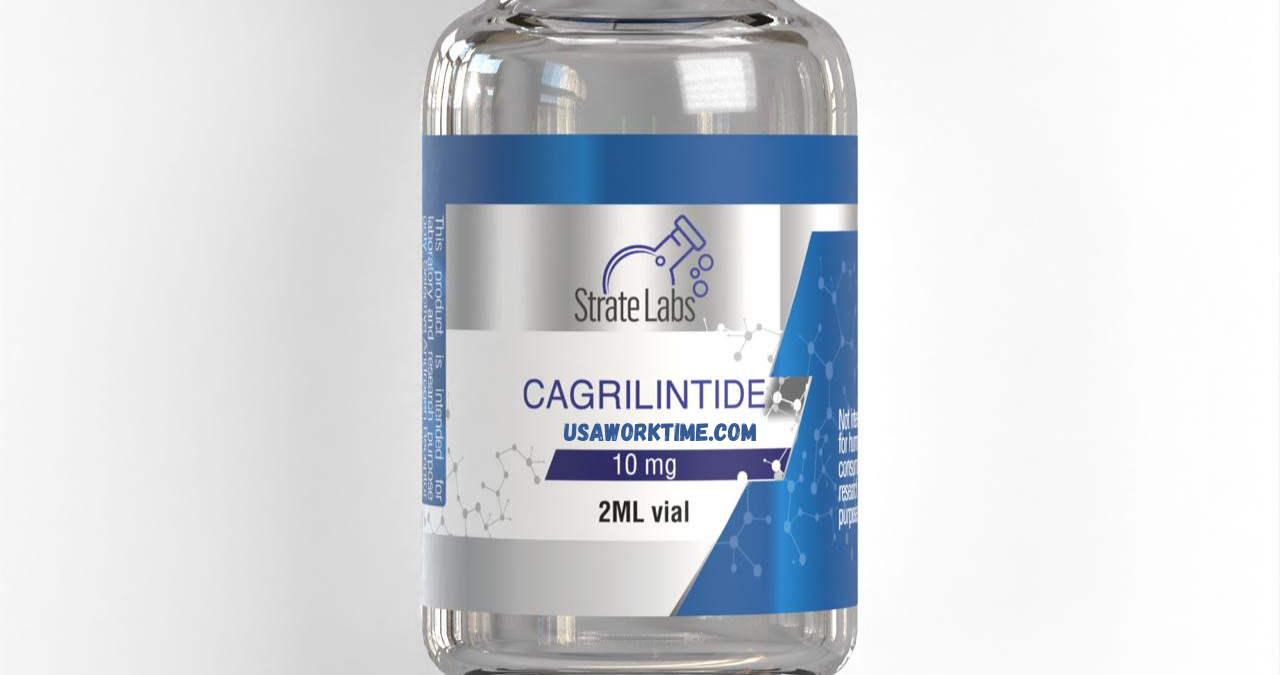Introduction
In the ever-evolving world of Stratelab Vile Size and diagnostics, the tools and accessories used in laboratories play a critical role in achieving accuracy, consistency, and reliability. Among these essential tools are vials, small yet vital containers used to hold samples, chemicals, and solutions. Stratelab Vile Size, a renowned name in laboratory equipment manufacturing, produces a wide range of vials known for their quality, precision, and reliability. One of the most frequently asked questions among lab technicians and researchers is related to “Stratelab vile size.” Understanding the different sizes and applications of these vials can significantly enhance workflow, improve sample integrity, and ensure compliance with industry standards.
This comprehensive guide aims to demystify Stratelab vial sizes by exploring their design, dimensions, materials, and practical applications. From pharmaceutical labs to forensic investigations, the correct vial size can make a notable difference in outcome. Whether you’re new to the lab or a seasoned professional, this guide will help you choose the right Stratelab Vile Size for your specific needs.
Understanding Stratelab Vile Size Purpose and Design
Stratelab Vile Size are precision-engineered containers used to store, transport, and analyze samples in a laboratory setting. These vials come in various sizes and materials, tailored to specific functions and environments. Their design ensures compatibility with high-performance laboratory instruments and maintains the integrity of sensitive samples. The brand’s vials are recognized for their durability, chemical resistance, and precise manufacturing, which is crucial when working with high-stakes analyses such as chromatography, spectroscopy, and pharmaceutical testing.
Materials used in Stratelab Vile Size vary depending on the intended application. The most common options include borosilicate glass and medical-grade plastics like polypropylene. Borosilicate glass is preferred for its high thermal resistance and inert nature, making it ideal for high-temperature applications and chemically aggressive substances. On the other hand, plastic vials are lighter, less prone to breakage, and suitable for a wide range of general-purpose lab tasks.
The anatomy of a Stratelab Vile Size includes three main components: the body, the neck, and the closure. The body holds the sample, the neck provides a secure interface for caps or stoppers, and the closure seals the vial to prevent contamination. Some vials also feature integrated septa, which allow for needle access without opening the container. This design ensures sample safety while maintaining sterile conditions.
Size Variations of Stratelab Vile Size Detailed Analysis
Stratelab Vile Size offers an extensive range of vial sizes to cater to diverse laboratory applications. The most common sizes include 1.5mL, 2mL, 5mL, 10mL, and 20mL vials. Each size serves a specific purpose, depending on the volume of sample required and the type of analysis being conducted. For instance, 1.5mL and 2mL vials are often used in chromatography due to their compatibility with autosamplers. Meanwhile, 10mL and 20mL vials are suitable for storing larger volumes needed in preparative procedures or long-term storage.
Accurate measurements are crucial when selecting a vial. Vial size is typically defined by height, diameter, and neck finish. For instance, a 2mL screw-thread vial may have a height of 32mm and a diameter of 12mm, with a standard 9mm opening. These dimensions are designed to fit into standardized equipment such as HPLC and GC autosamplers, reducing the risk of malfunction or error during analysis.
Choosing the right vial size depends on several factors, including the type of experiment, sample volume, required storage conditions, and compatibility with laboratory equipment. Overfilling or underutilizing vial capacity can lead to sample degradation, evaporation, or measurement errors. Therefore, understanding these variables ensures optimal use and better outcomes in analytical procedures.
In some cases, labs require custom-sized vials for niche applications. Stratelab provides OEM services, allowing clients to request bespoke designs. These specialized vials are tailored for unique workflows, such as microfluidic studies, rare sample storage, or instrument-specific formats. Custom vials ensure that even the most unconventional research needs are met without compromising on quality or accuracy.
Applications Across Industries

Stratelab vials are indispensable in laboratory research, particularly in chemical analysis. They are widely used in chromatography techniques such as HPLC (High-Performance Liquid Chromatography) and GC (Gas Chromatography). These applications demand precision in sample containment and compatibility with analytical devices. The reliability of Stratelab vials ensures reproducible results and efficient workflow, which is vital in high-throughput environments.
In the pharmaceutical and medical fields, Stratelab vials are crucial for drug development, diagnostic testing, and vaccine storage. Their sterile design and chemical resistance make them suitable for storing biological samples, reagents, and formulations. Many vials are compliant with ISO and FDA regulations, which is essential for labs working under Good Manufacturing Practices (GMP) and other regulatory frameworks.
Environmental science and forensic labs also rely heavily on high-quality vials. In environmental testing, vials are used to collect and store water, soil, and air samples. They must be chemically inert to avoid interaction with the sample. In forensic applications, sample integrity is paramount. Vials used in this context need tamper-evident features and must withstand long-term storage without compromising evidence quality.
Guidelines for Proper Usage and Storage
Correct handling of Stratelab vials ensures sample safety and extends the life of lab equipment. Best practices include clear labeling with waterproof markers, avoiding over-tightening of caps to prevent breakage, and using vial racks to organize samples efficiently. Proper handling reduces the risk of contamination and ensures traceability, which is vital in regulated lab environments.
Storage conditions significantly affect sample quality. Glass vials should be stored in temperature-controlled environments and shielded from direct sunlight to prevent photodegradation. Plastic vials should be kept away from heat sources to avoid deformation. For volatile or light-sensitive samples, amber-colored or foil-wrapped vials offer additional protection.
While many labs use vials as disposable containers, certain types—especially high-quality glass vials—can be cleaned and reused. Reusability depends on the substance previously contained and the vial’s exposure to extreme conditions. Cleaning methods include autoclaving, chemical disinfection, or using ultrasonic baths. Ensuring thorough cleaning before reuse prevents cross-contamination and maintains sample integrity.
Conclusion
Understanding Stratelab vial sizes and their corresponding applications is essential for achieving accurate and efficient results in any laboratory setting. From chromatography and pharmaceutical testing to environmental sampling and forensic analysis, the right vial size ensures compatibility, safety, and performance. Stratelab’s diverse vial options cater to a broad range of industry needs, combining quality with innovation. By choosing the appropriate vial size, researchers can avoid common pitfalls such as sample evaporation, contamination, or equipment mismatch. As laboratories evolve and diversify, having a detailed grasp of vial specifications will continue to be an invaluable asset. For any lab striving for precision and excellence, Stratelab vials offer a dependable solution.
You May Also Read: https://usaworktime.com/lululemon-maternity/








